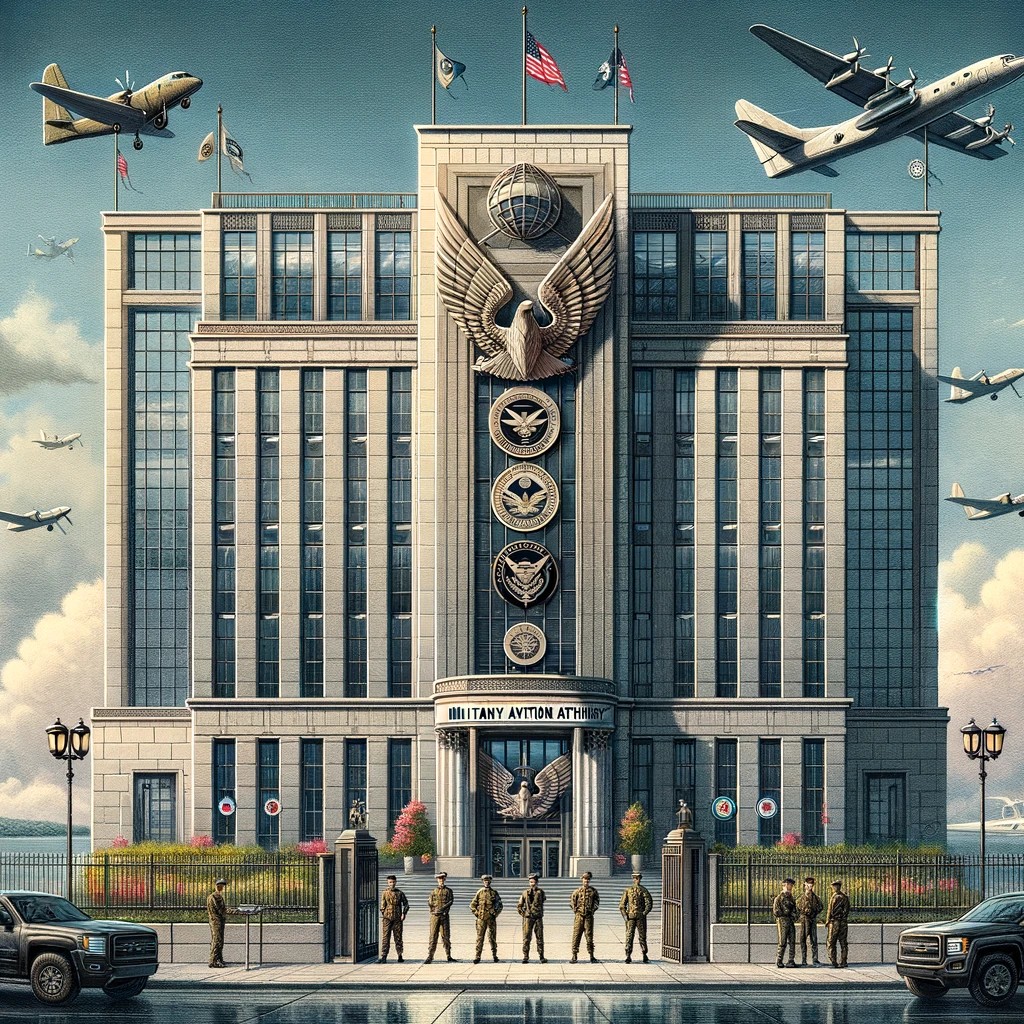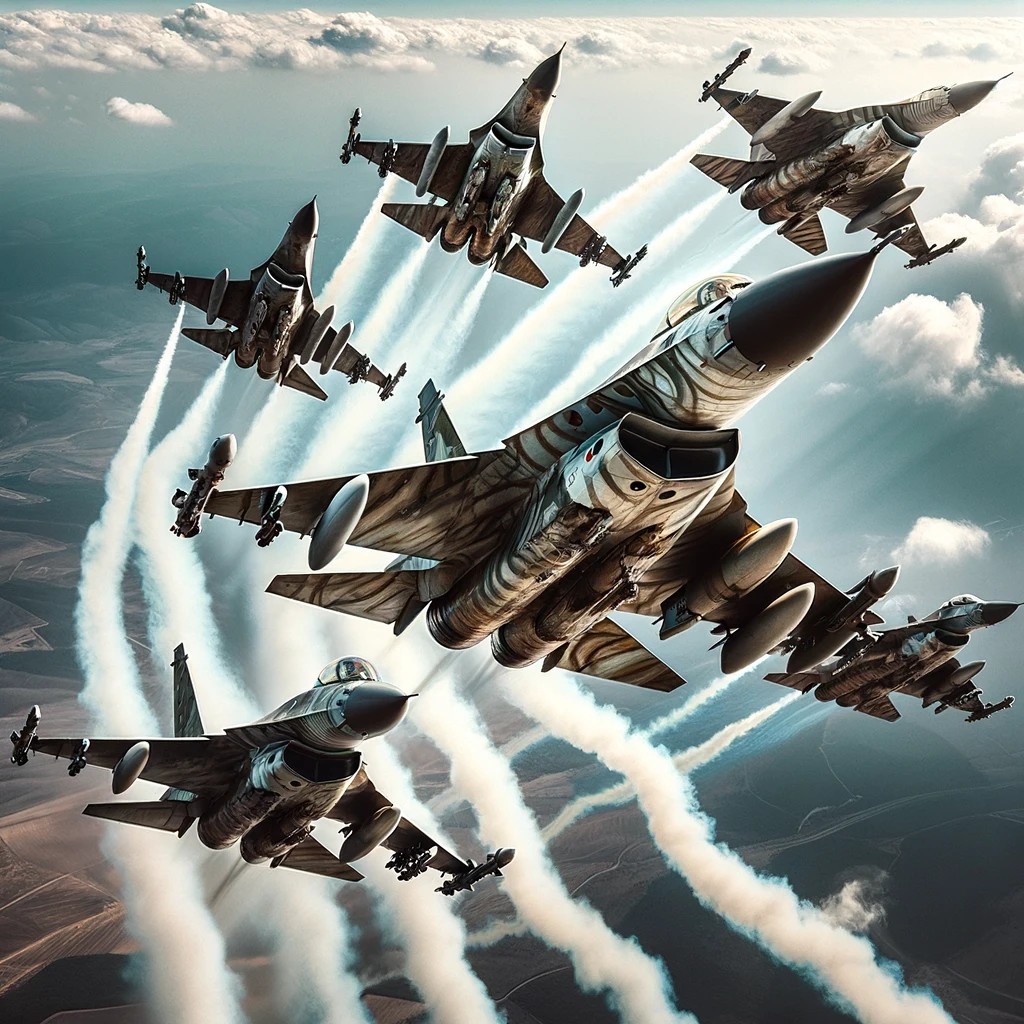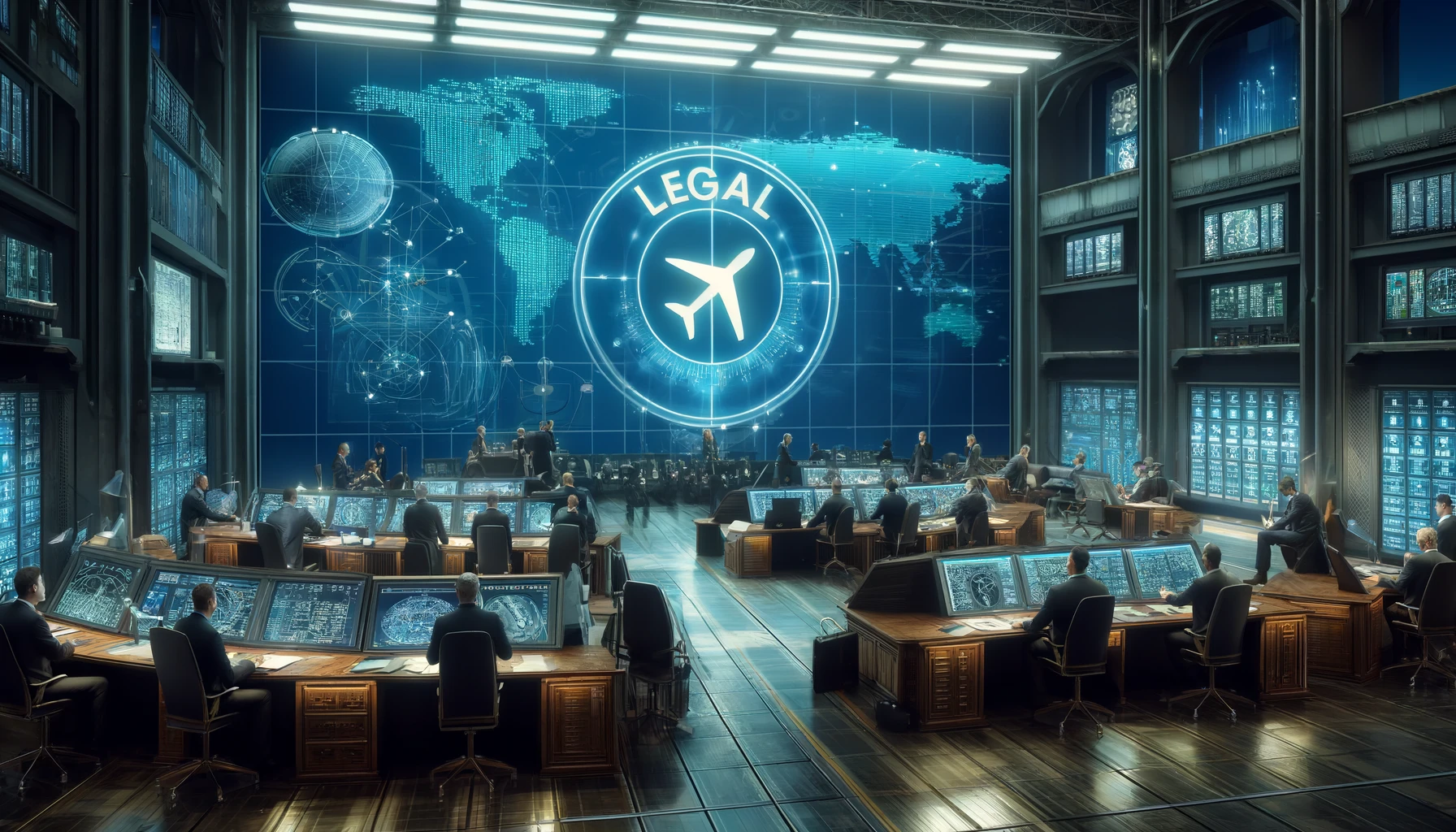In the intricate and highly specialized field of military aviation, the concept and role of the Military Aviation Authority (MAA) stand out as a cornerstone of safety, regulation, and oversight.

We seek to elucidate the definition, functions, and legal underpinnings of the MAA in the context of military aviation, providing a detailed exposition of its role in ensuring the safety and efficiency of military aircraft operations.
By dissecting the structure, responsibilities, and impact of the MAA, we gain insight into the critical interface between military operations, aviation technology, and legal regulation.
The Essence of the Military Aviation Authority
At its core, the Military Aviation Authority is a regulatory body dedicated to the comprehensive oversight of all aspects of military aviation.
It is tasked with the formidable responsibility of ensuring that military aviation activities adhere to the highest standards of safety and operational excellence.

The MAA establishes, maintains, and enforces standards for training, maintenance, operations, and airworthiness. It operates within a framework of stringent legal and regulatory mandates, reflecting the unique demands and imperatives of military aviation.
Legal Foundations and Jurisdiction of the MAA
The MAA is typically established under national law, deriving its authority from the highest levels of government, usually the Ministry of Defense or an equivalent authority. It functions within a well-defined legal framework, which outlines its powers, duties, and governance structure.
The jurisdiction of the MAA spans the entirety of a nation’s military aviation activities, including the operation of aircraft, personnel training, maintenance of equipment, and the certification of technology and systems.

Regulatory Scope and Standards
The regulatory scope of the MAA is comprehensive, encompassing all dimensions of military aviation safety and efficiency. This includes the setting of airworthiness standards for military aircraft, overseeing maintenance practices, regulating air traffic management specific to military operations, and ensuring that personnel are adequately trained and certified.
The standards set by the MAA are typically rigorous, reflecting the high-risk nature of military aviation and the imperative of operational readiness and safety.
The Role of the MAA in Safety Assurance
Safety is the paramount concern of the Military Aviation Authority. The MAA employs a multifaceted approach to safety assurance, which includes regular inspections, audits, and assessments of military aviation units and activities.
It investigates incidents and accidents to identify causes and implement measures to prevent recurrence. Through continuous monitoring and evaluation, the MAA ensures that safety practices are not only adhered to but also continuously improved.
MAA and International Military Cooperation
In an era of increasing international military cooperation, the role of the MAA extends beyond national borders. Military aviation authorities often collaborate with their counterparts in other nations to harmonize standards, share best practices, and enhance the overall safety of joint operations and exercises. This international dimension underscores the importance of the MAA in fostering a unified approach to military aviation safety globally.
Challenges and Evolving Responsibilities
The domain of military aviation is ever-evolving, with rapid advancements in technology and changing geopolitical landscapes. The MAA must constantly adapt to these changes, updating its regulatory frameworks and practices to accommodate new types of aircraft, emerging technologies, and evolving forms of warfare.
This requires not only a deep understanding of aviation technology and operations but also a proactive approach to regulatory innovation.
The Military Aviation Authority is an indispensable entity in the realm of military operations, serving as the bulwark of safety, regulation, and excellence in military aviation. Its mandate, rooted in a complex web of legal and regulatory standards, reflects the critical importance of ensuring that military aviation activities are conducted with utmost safety and efficiency.
As military aviation continues to advance and expand its horizons, the role of the MAA in overseeing and guiding this progress remains ever crucial.
Understanding the depth and breadth of the MAA’s responsibilities provides valuable insight into the multifaceted relationship between military operations, aviation technology, and the imperative of legal oversight.
Source:

